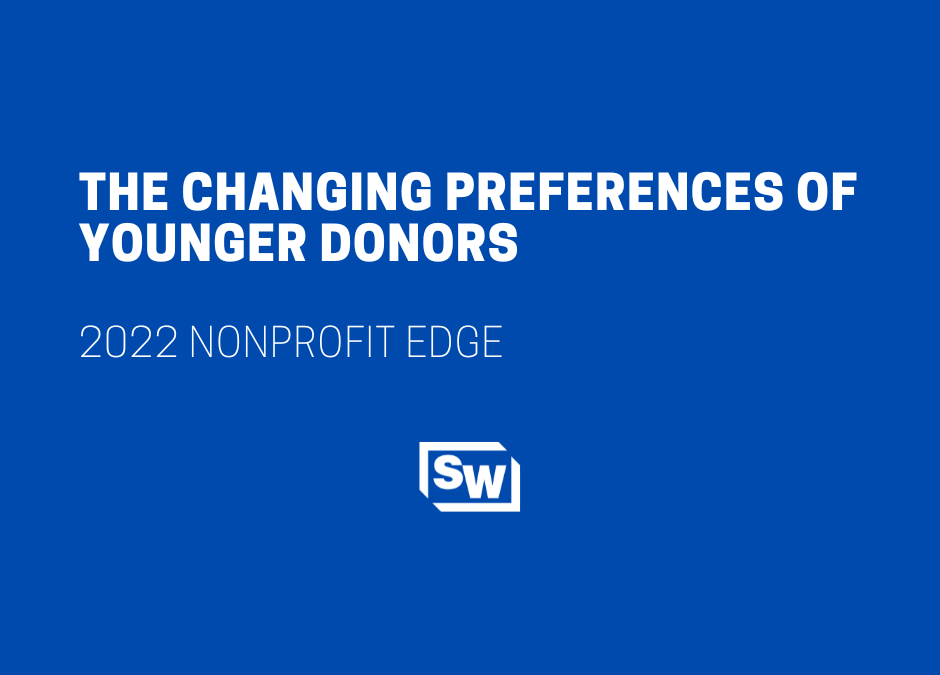While the dictionary definition of philanthropy is “the desire to promote the welfare of others, expressed especially by the generous donation of money to good causes,” millennials have modernized the word to encompass a broader meaning of helping their community rather than simply donating money for a specific reason. Many millennials seek to live out their values by supporting and being a part of the causes to which not-for-profit organizations are dedicated.
Evolving donation methods- Millennials have adapted to using electronic forms of payments over cash. Research by Capital One states that a third of millennials claim they “rarely or never” carry cash anymore. The easiest ways for the younger generation to donate to organizations are through services like Zelle, PayPal, Venmo, GoFundMe, or using their debit or credit cards.
Giving beyond monetary donations- The younger generation strongly desires to see their values represented by the brands or organizations they support. In addition to monetary contributions, millennials may donate their time by volunteering or even attempt to extend the reach of their favorite organization’s marketing efforts by reposting the content on their own social media channels. It is no wonder that brands like TOMS, which donates a pair of shoes for every pair sold to children in need, have seen such success with the younger demographics. On the other hand, if an organization takes action or makes a statement that is counter to their values, some millennials will sever their relationship altogether.
Considering all this, not-for-profits must be open to the many ways younger supporters wish to engage their mission. From understanding and accepting new and upcoming digital payment methods, including cryptocurrency, which we continue to discuss in this News Brief, to creating shareable digital marketing content, helping your younger supporters engage with your organization can be the start of a lifelong relationship with wide-reaching impact.
By Samantha Sands

